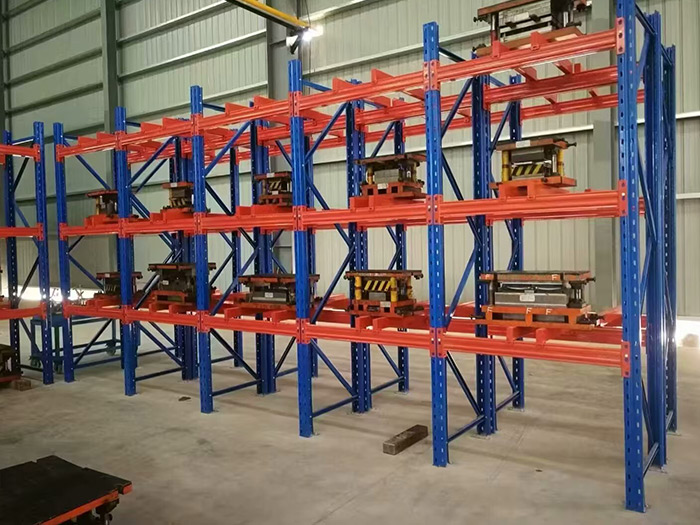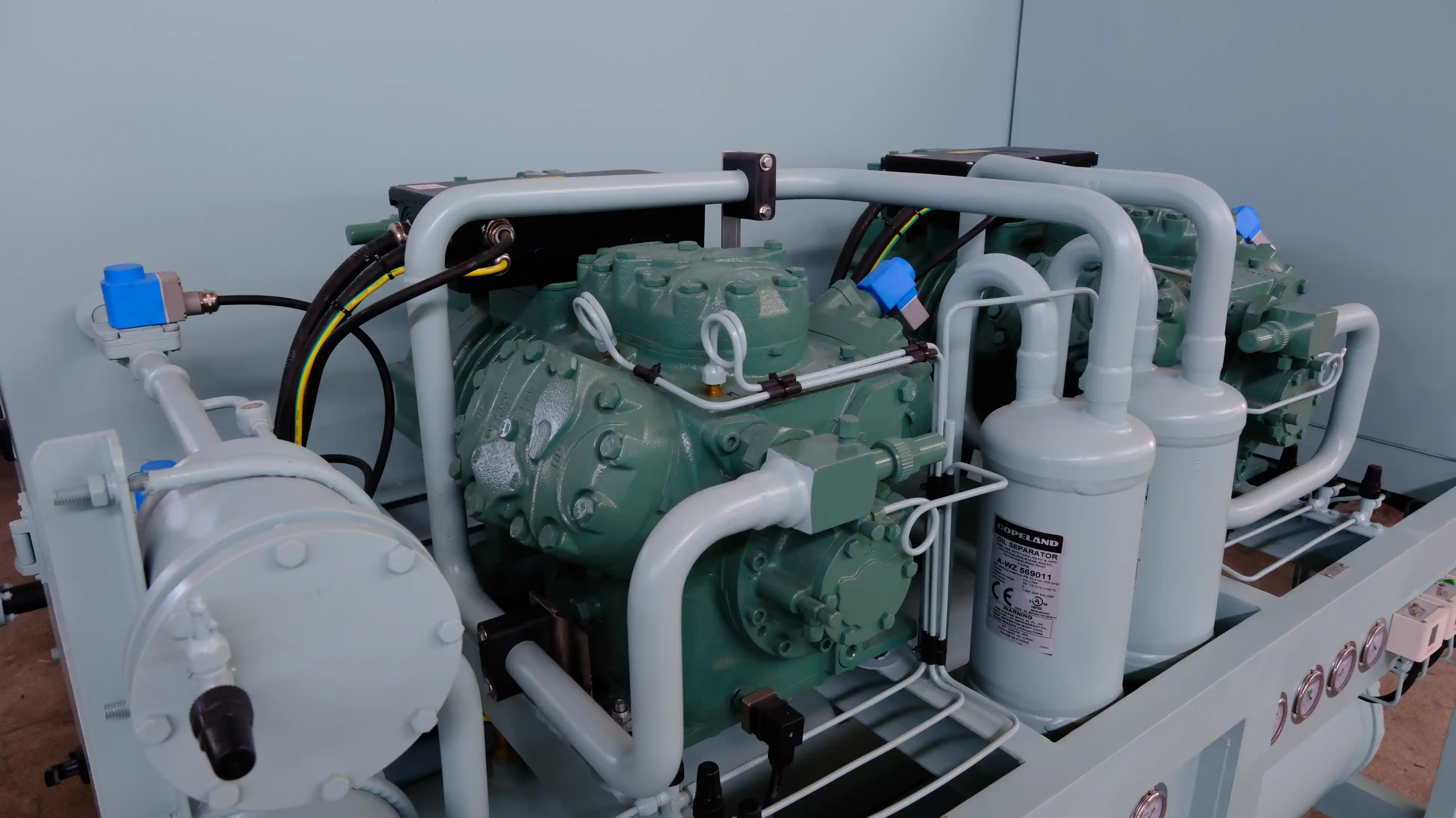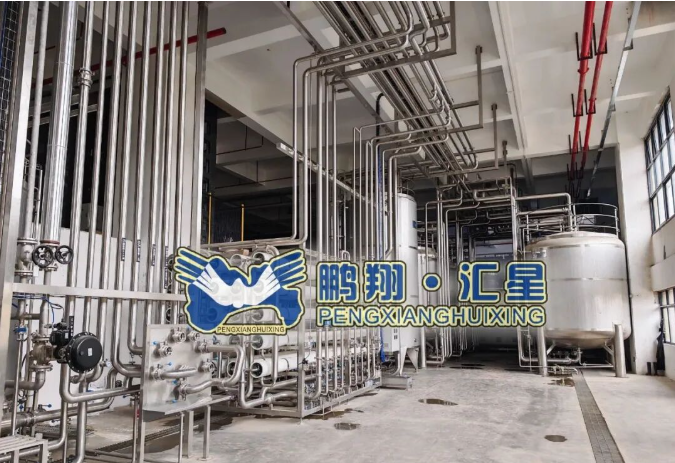Choosing the Right Wall Cladding: A Comprehensive Guide to Optimal Materials for Your Space
When it comes to enhancing the aesthetic appeal and functionality of a building, wall cladding plays a pivotal role. With a plethora of options available, selecting the best type of wall cladding can be a daunting task. This article delves into the various types of wall cladding, their benefits, and considerations to help you make an informed decision tailored to your specific needs.
Understanding Wall Cladding
Wall cladding refers to the application of one material over another to provide a skin or layer, which serves both protective and decorative purposes. It can be applied to both interior and exterior walls, offering insulation, weather resistance, and aesthetic enhancement. The choice of cladding material can significantly impact the overall performance and appearance of a building.
Types of Wall Cladding
- Vinyl Cladding
- Overview: Vinyl cladding is a popular choice due to its affordability and low maintenance requirements. It is made from polyvinyl chloride (PVC) and comes in various colors and styles.
- Benefits: Resistant to rot, insects, and fading, vinyl cladding is ideal for homeowners seeking durability without the need for frequent upkeep.
- Considerations: While it offers excellent weather resistance, vinyl can be susceptible to extreme temperatures, which may cause warping or cracking.
- Wood Cladding
- Overview: Wood cladding provides a natural and warm aesthetic, making it a favored choice for residential properties. Common types include cedar, pine, and redwood.
- Benefits: Wood is an excellent insulator and can be treated to enhance its durability against moisture and pests.
- Considerations: Regular maintenance is required to prevent decay and insect damage. Additionally, wood cladding may not be suitable for all climates, particularly those with high humidity.
- Metal Cladding
- Overview: Metal cladding, often made from aluminum or steel, is gaining popularity in modern architecture. It offers a sleek, contemporary look.
- Benefits: Highly durable and resistant to fire, metal cladding requires minimal maintenance and can withstand harsh weather conditions.
- Considerations: While metal cladding is long-lasting, it can be prone to denting and may require insulation to prevent heat loss.
- Brick and Stone Cladding
- Overview: Brick and stone cladding provide a timeless and robust appearance. These materials are often used in both residential and commercial buildings.
- Benefits: They offer excellent thermal mass, which can help regulate indoor temperatures. Additionally, they are highly durable and require little maintenance.
- Considerations: The installation process can be labor-intensive and costly. Furthermore, brick and stone cladding can be heavy, necessitating a strong structural support system.
- Fiber Cement Cladding
- Overview: Fiber cement cladding is composed of cement, sand, and cellulose fibers, offering the appearance of wood without the associated maintenance.
- Benefits: It is resistant to fire, rot, and pests, making it a versatile option for various climates. Fiber cement can also be painted or stained to achieve the desired look.
- Considerations: While it is durable, fiber cement can be more expensive than vinyl and requires professional installation.
Factors to Consider When Choosing Wall Cladding
- Climate and Weather Conditions
- The local climate plays a crucial role in determining the best type of wall cladding. For instance, areas with high humidity may benefit from materials that resist moisture, while regions prone to wildfires may require fire-resistant options.
- Aesthetic Preferences
- The architectural style of your building should guide your choice of cladding. Consider how the material complements the overall design and surrounding environment.
- Budget Constraints
- Different cladding materials come with varying price points. It’s essential to balance your budget with the long-term benefits and maintenance costs associated with each option.
- Maintenance Requirements
- Evaluate how much time and effort you are willing to invest in maintaining your cladding. Some materials require regular upkeep, while others are more forgiving.
- Sustainability
- If environmental impact is a concern, consider sustainable materials such as reclaimed wood or fiber cement, which can offer durability without compromising ecological integrity.
Conclusion
Choosing the best type of wall cladding involves a careful evaluation of various factors, including climate, aesthetics, budget, maintenance, and sustainability. Each material has its unique advantages and drawbacks, making it essential to align your choice with your specific needs and preferences. By understanding the characteristics of different cladding options, you can enhance your building's appearance while ensuring its longevity and performance. Whether you opt for the warmth of wood, the durability of metal, or the timelessness of brick, the right wall cladding can transform your space into a stunning and functional environment.



